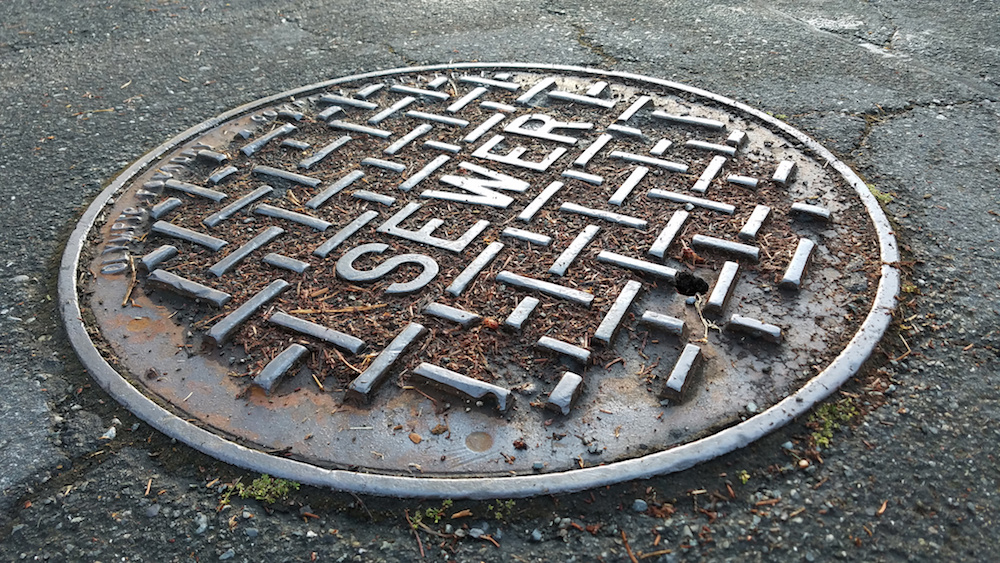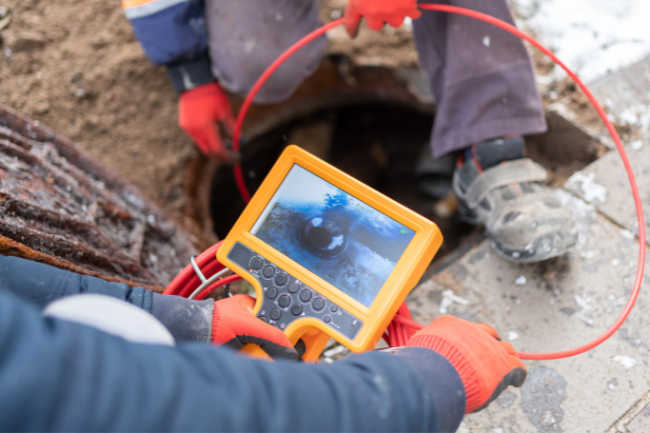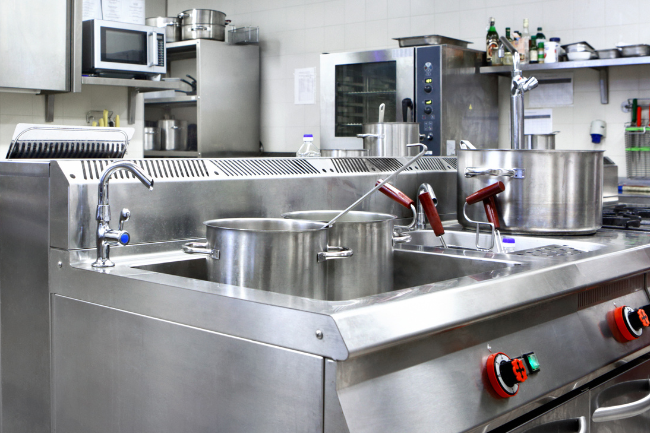What to Include in Your Preventative Plumbing Maintenance Plan
Posted by William Heinselman on
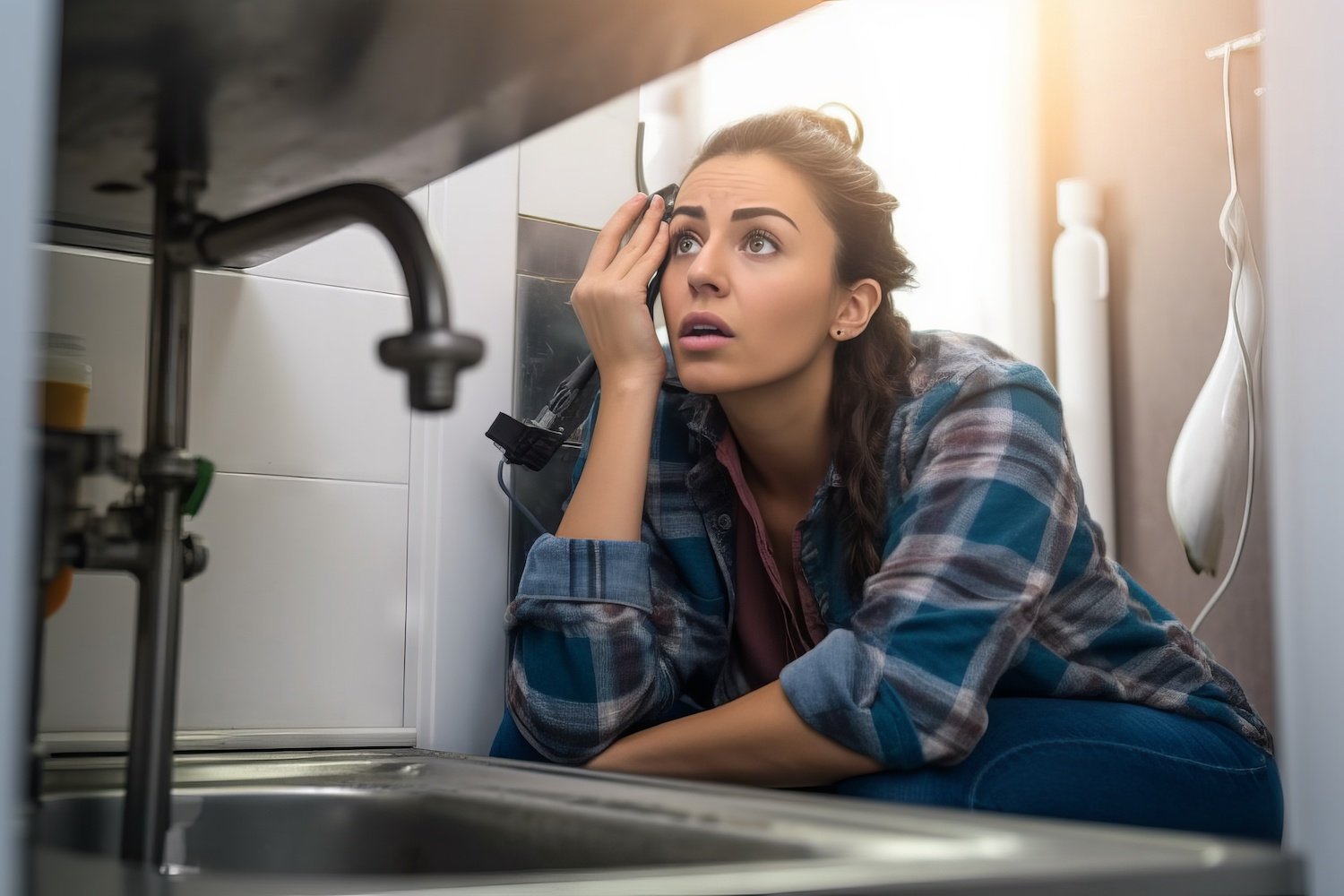
As a homeowner or business owner, it's important to stay on top of routine maintenance for all areas of your home and place of business, including the plumbing system. Without proper preventative care and regular service, your pipes can become damaged or clogged due to corrosion, sediment buildup, hard water minerals deposits, pipe faults, or other issues.
By prioritizing your plumbing maintenance, you're able to stay proactive in addressing smaller issues that could otherwise develop into significant plumbing problems. This is why you need a preventative plumbing maintenance plan.
What is Preventative Maintenance?
In the context of commercial and residential plumbing, preventative maintenance refers to a proactive approach that involves regular inspections, cleaning, and repairs of plumbing systems. The goal is to preemptively identify and address minor issues before they escalate into costly, and potentially disastrous, problems.
With a documented plan in place, you're able to maintain good plumbing conditions for an extended period of time, while extending the lifespan of your plumbing system and appliances. By adhering to a well-structured preventative maintenance plan, homeowners and businesses can significantly mitigate the risk of unexpected plumbing failures and maintain a healthier, safer environment.
Effective maintenance also enhances the efficiency of your plumbing system, leading to potential savings on your water bill. So preventative maintenance is not just a cost-saving strategy, it's also an investment in the longevity and efficiency of your entire plumbing system.
Benefits of a Preventative Maintenance Plan for Residential & Commercial Plumbing
As noted, there are several advantages to following a preventative maintenance plan for your plumbing systems.
Encourage Accountability
A preventative maintenance plan encourages homeowners and businesses alike to take responsibility for the condition of their plumbing systems. It's akin to a roadmap that outlines regular check-ups, cleaning schedules, replacements, and repairs.
Using a preventative plan cultivates a habit of proactiveness toward plumbing maintenance, reducing the likelihood of expensive emergency repairs. Plus, the more that homeowners and businesses stick to maintaining their plumbing, the more they know about their plumbing system, which helps with identifying potential issues before they become significant problems. Hence, a preventative maintenance plan not only safeguards your plumbing system but also cultivates an environment of accountability for its upkeep.
Extend the Lifespan of Pipes & Appliances
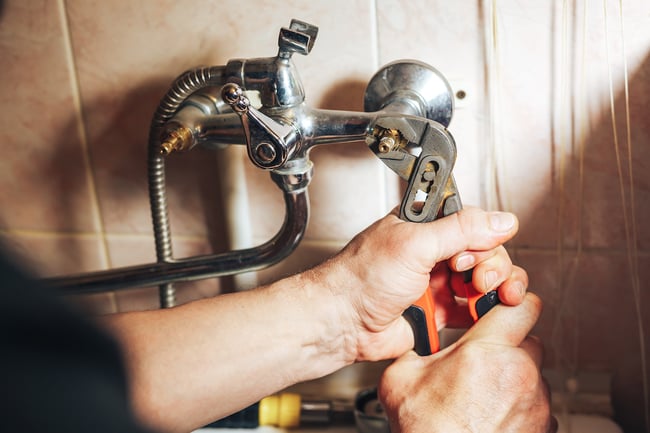
Regular preventative maintenance can significantly extend the lifespan of your plumbing system, pipes, and appliances. By conducting routine plumbing inspections, you can spot early signs of wear and tear, corrosion, or any other potential issues that might damage your plumbing over time.
For example, these checks may reveal minor leaks that, if left unattended, can lead to severe water damage and the premature failure of pipes. Similarly, regular flushing of your water heater can prevent sediment build-up, which can reduce its efficiency and shorten its lifespan.
Routine cleaning and unclogging of drains reduce pressure in the pipes, thereby preventing leaks and potential pipe bursts. In essence, preventative maintenance acts as an 'early warning system,' allowing you to deal with potential problems before they escalate, which helps keep your plumbing system and appliance in good conditions for a longer time.
Save Money on Costly Repairs
Preventative maintenance can also result in significant cost savings by reducing the number of major repairs and replacements of plumbing fixtures and systems. For instance, routine drain cleaning can prevent blockages from putting undue pressure on pipes, which can lead to leaks, cracks, or worst-case scenarios like broken pipes.
Similarly, regularly checking and replacing the anode rod in your water heater can prevent rust, prolonging the appliance's life and saving you from the costly endeavor of a full replacement. Also, by promptly addressing minor leaks, you can avoid the major damage and subsequent repair costs that could arise from prolonged water exposure, such as decayed wooden structures or mold mitigation.
Essentially, your preventative maintenance plan for plumbing is an upfront investment of time and resources, but you will save a lot of money (and frustrations) in the long run.
What to Include in Your Preventative Plumbing Maintenance Plan
Set a Schedule
Establishing a schedule is a key component of a successful preventative maintenance plan for your plumbing system. This schedule should clearly outline the frequency and timing of various maintenance tasks.
Start by identifying the components of your plumbing system that require regular maintenance, such as sinks, toilets, drains, water heaters, and pipes. Next, assign each component a maintenance frequency based on its usage, manufacturer's recommendations, and vulnerability to wear and tear. For instance, heavily used components or older systems might need more frequent checks, while others can be inspected semi-annually or annually.
After defining these frequencies, map out a monthly, semi-annual, and annual maintenance calendar. This can serve as a visual guide, where each task is clearly marked on a specific date. Try to spread out tasks evenly across the year to avoid overwhelming any particular period. Remember to include notes on what each task entails to ensure nothing is overlooked during the actual maintenance.
Lastly, set reminders for each task using digital tools or calendars. This ensures that each maintenance action is performed on time and nothing falls through the cracks. Remember, consistency is key in preventative maintenance — sticking to your plan could save you significant time, effort, and money in the long run.
Identify Tools & Resources
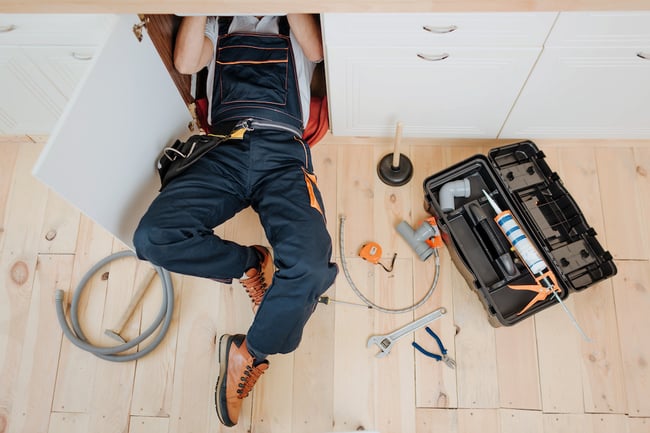
As part of your preventative plumbing maintenance plan, it is crucial to identify the tools and resources you'll need to perform the various tasks. Start by listing down all the maintenance activities you've identified in your schedule.
For each task, jot down the specific tools required for DIY plumbing. These could range from basic household tools such as wrenches, plungers, and drain snakes for simple tasks like unclogging drains or tightening fixtures, to more specialized plumbing tools like pipe cutters or basin wrenches for more complex jobs, which should be handled by a local plumber.
Next, consider the materials or supplies you may need. This could include replacement parts, like washers or seals, and cleaning supplies, like drain cleaner or vinegar for descaling. Check manufacturer recommendations to ensure you're using the right materials for your appliances and fixtures.
Additionally, you should identify any resources you'll need for information or assistance. This could include instructional guides, online tutorials, or even the contact information of trusted local professional plumbers in the Sacramento area for tasks that are beyond your skill level.
Remember to review and update your tools and resources list regularly, as your needs may change over time due to the aging of your plumbing system or advancements in plumbing technology. Having the right tools and resources on hand is a crucial part of ensuring your preventative maintenance plan is carried out effectively and efficiently for both DIY and professional plumbing tasks.
Target Common Problems
Focusing on common plumbing problems in your preventative maintenance plan is crucial for both residential and commercial settings. Here are a few tips:
Leaks
Leaks are a common issue in both residential and commercial plumbing systems. They can be caused by everything from corroded pipes to loose fittings. Regularly check all visible pipes and fixtures for signs of leaks, such as moisture or water stains. Use a water pressure gauge to check for drops in water pressure, which could indicate a hidden leak.
Drainage Issues
Slow or blocked drains are another common problem. Regularly clean out drains using a plunger or a plumber's snake to remove blockages. Avoid using chemical drain cleaners, as these can corrode pipes over time. In commercial settings, consider installing strainers to prevent large debris from entering the drain.
Water Heater Issues
Regularly flush your water heater to prevent the build-up of sediment that can affect its efficiency and lifespan. Check the pressure relief valve and the anode rod regularly — these are common sources of water heater problems.
High Water Pressure
High water pressure can cause damage to your plumbing system over time. Use a water pressure gauge to regularly check your water pressure and ensure it is within the safe range. If it's consistently too high, consider installing a pressure reducing valve.
Remember, if you encounter a problem that you can't handle, don't hesitate to call a professional plumber within your area. There are several residential and commercial plumbing problems that require expert knowledge and specialized tools to fix properly.
Determine What Needs Professional Care
As noted, while a well-planned maintenance routine can help handle many common plumbing issues, there are certain situations that require the skills and expertise of a professional plumber. Identifying these scenarios in advance is a crucial part of your preventative maintenance plan.
Complex Tasks
Complicated tasks such as replacing a water heater, installing new plumbing, or resolving sewer line problems generally require professional intervention. These tasks not only require specialized tools but also knowledge of local building codes and safe practices.
Persistent Issues
If you notice a problem that persists despite your best efforts, it's time to bring in a professional. For instance, recurring leaks, clogs, or low water pressure might indicate a deeper issue that needs expert attention.
Plumbing Upgrades
When it comes to upgrading your plumbing fixtures or installing new ones, professional installation can ensure that the job is done right, thus avoiding future issues. Plus, a professional can provide valuable advice on choosing fixtures that suit your needs and comply with local regulations.
Routine Inspections
Even if everything seems fine, scheduling regular professional inspections can provide reassurance. A trained plumber might spot potential issues before they turn into significant problems.
Remember, while DIY can be cost-saving and satisfying, there are times when hiring a professional is the safest, most efficient option. Knowing when to call a professional is just as important as knowing how to tackle small plumbing tasks yourself.
Contact Professional Sacramento Plumbers for Help
The Express Sewer & Drain team happily serves the Greater Sacramento area, providing a variety of plumbing services. We specialize in residential, commercial, and municipal plumbing services.
Contact our team today so we can help you stay ahead of costly fixes. Schedule your next plumbing inspection with us and get a free estimate for any of your other plumbing needs.
Topics: Commercial Plumbing, Home Plumbing

